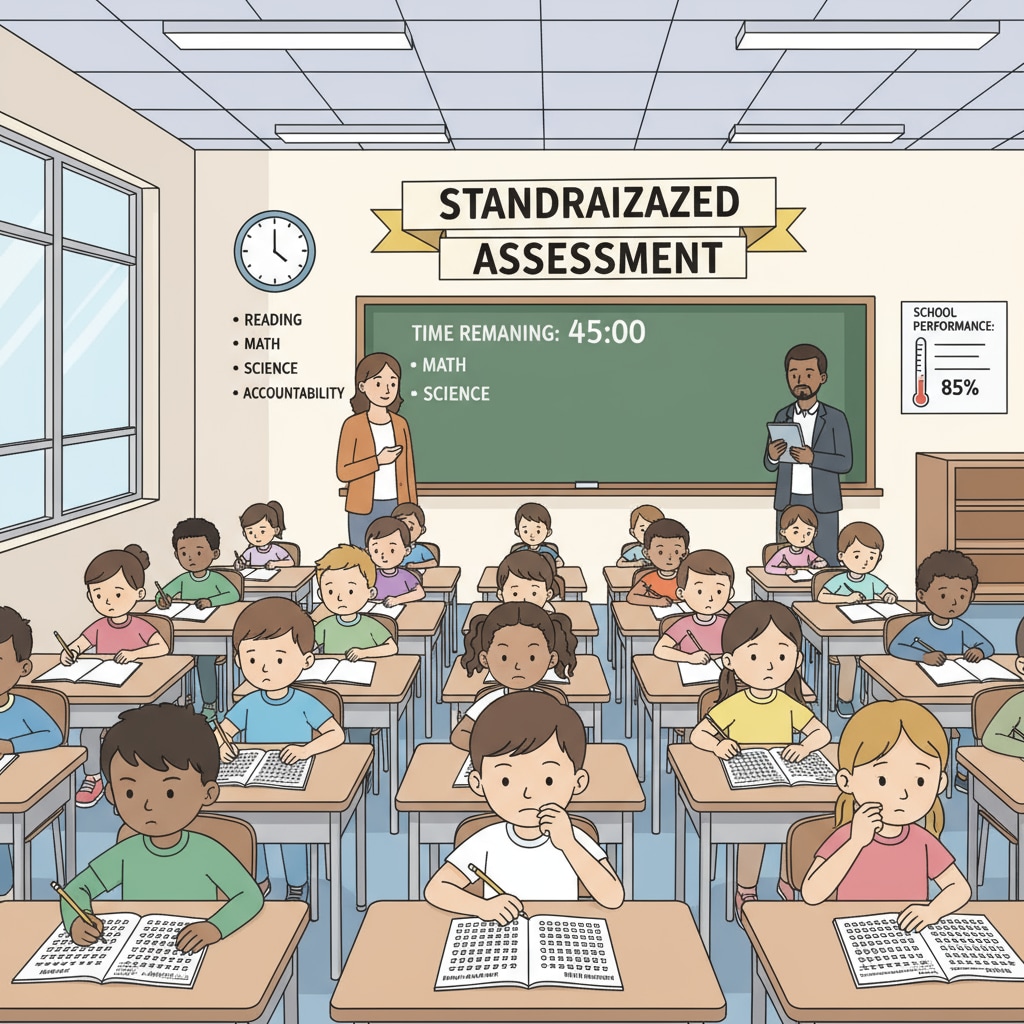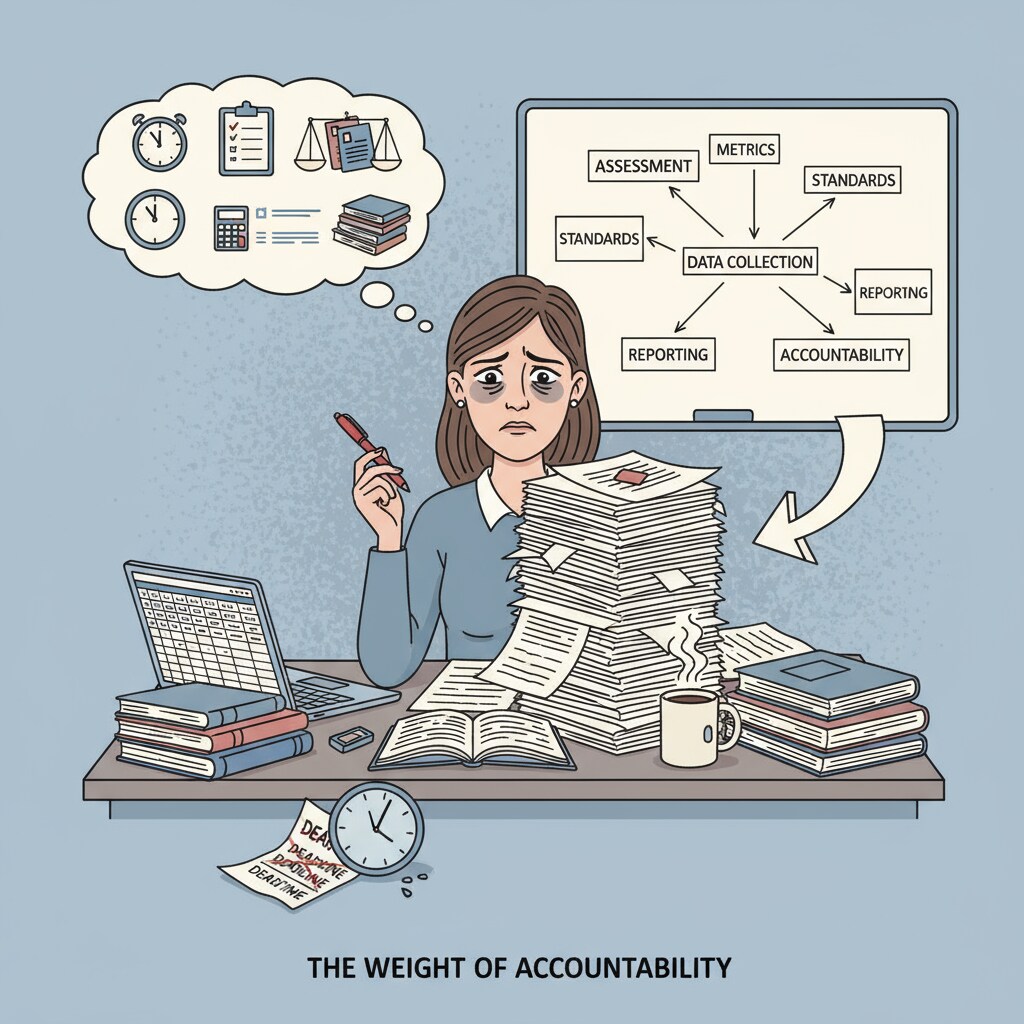Education policy, accountability system, and school management are intertwined aspects of the American educational landscape. The evolution of the education accountability system in the United States has had a profound impact on how schools are run and the relationships between school administrators and teachers. Since 1983, a series of policies have reshaped the educational environment.

The Origins of Accountability in US Education
The modern era of education accountability in the US can be traced back to 1983 with the release of the report “A Nation at Risk.” This report highlighted the poor performance of American students compared to their international peers. As a result, it sparked a national conversation about the need for educational reform and greater accountability. For example, it pointed out that low educational standards were threatening the nation’s economic competitiveness. This led to the implementation of various policies aimed at improving student achievement and holding schools accountable for their performance. A Nation at Risk on Wikipedia
The Impact of the No Child Left Behind Act
The No Child Left Behind Act (NCLB) of 2001 was a significant milestone in the evolution of the education accountability system. NCLB required states to develop standards and assessments for students in reading, mathematics, and science. Schools were then held accountable for the performance of their students on these standardized tests. This policy had a major impact on school management. Administrators had to focus more on test scores, which often led to a narrow curriculum focused on test preparation. Teachers, on the other hand, faced increased pressure to ensure their students performed well on these tests. No Child Left Behind Act on Britannica

The relationship between school administrators and teachers also changed. Administrators were now responsible for ensuring that teachers met the test score targets set by NCLB. This sometimes led to a more hierarchical relationship, where administrators were seen as enforcers of the accountability measures, and teachers felt like they were being micromanaged. However, some also argue that NCLB did bring attention to the achievement gaps among different student groups and pushed schools to improve overall.
Despite its good intentions, NCLB faced criticism. The over-reliance on standardized tests was seen as a distortion of the true purpose of education. It focused more on rote memorization and test-taking skills rather than critical thinking and creativity. As a result, in 2015, the Every Student Succeeds Act (ESSA) was passed to replace NCLB.
The Every Student Succeeds Act and Its Implications
ESSA aimed to provide more flexibility to states and schools in designing their accountability systems. It reduced the emphasis on standardized tests and encouraged a more well-rounded approach to education. Under ESSA, schools could use a variety of measures to evaluate student success, such as graduation rates, college and career readiness, and student engagement. This change in policy had a positive impact on the relationship between school administrators and teachers. Teachers now had more freedom to design their lessons and focus on the holistic development of their students. Administrators could work more collaboratively with teachers to develop strategies that would meet the diverse needs of their students.
However, the implementation of ESSA also faced challenges. Some states struggled to develop effective alternative accountability measures, and there was still a need to balance the requirements of accountability with the need to provide a high-quality education. In addition, the political climate and funding issues often influenced how well these policies were implemented at the local level.
Readability guidance: This article has presented the historical development of the US education accountability system in a clear and concise manner. We have seen how policies like NCLB and ESSA have affected school management and the relationship between administrators and teachers. The evolution of these policies shows the ongoing efforts to find the right balance between accountability and quality education. Transition words like “however,” “as a result,” and “for example” have been used to make the flow of the article smooth. Short paragraphs and simple language have been employed to enhance readability.


